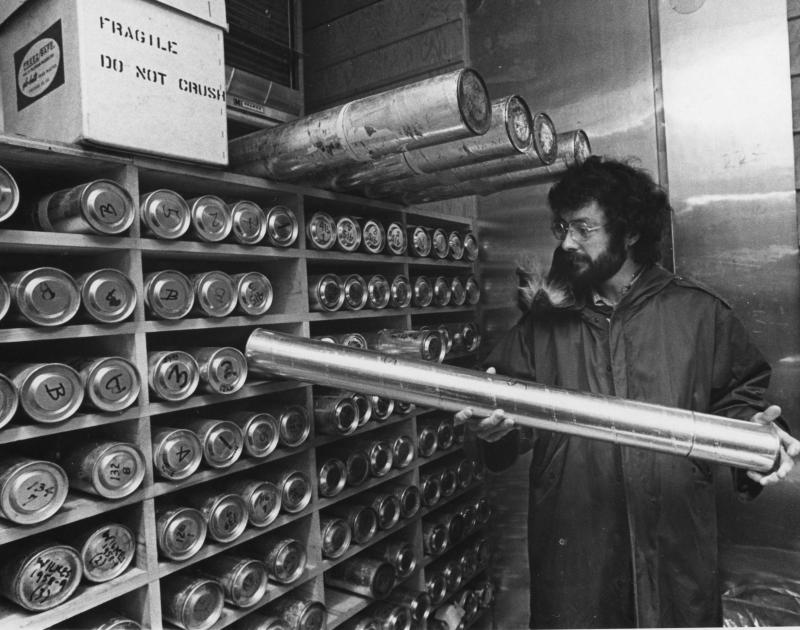— HISTORY CORNER —
Ian M. Whillans' Role in
Shaping the Future of Polar Research and Glaciological Dynamics
Dr. Ian M. Whillans (1944–2001) was a pioneering glaciologist whose extensive research significantly shaped our current understanding of polar sciences and climate dynamics. Whillans was deeply involved in the study of the West Antarctic Ice Sheet (WAIS), recognizing its key role as an indicator of global climate change. His innovative research at The Ohio State University's Byrd Polar and Climate Research Center (originally the Institute of Polar Studies) was instrumental in revealing the unstable nature of WAIS, which is crucial due to its potential to dramatically affect global sea level.
Born in Toronto, Ontario, on February 25, 1944, Whillans' passion for the poles began early and followed him through his educational career, from the University of Bristol, United Kingdom, where he earned his B.Sc. in 1966, to The Ohio State University where he completed his Ph.D. in geology and mineralogy in 1975. His fieldwork, spanning from Devon Island in Canada to Glacier Bay in Alaska to Byrd Station in Antarctica, set the stage for a lifetime of contributions to our understanding of polar regions.
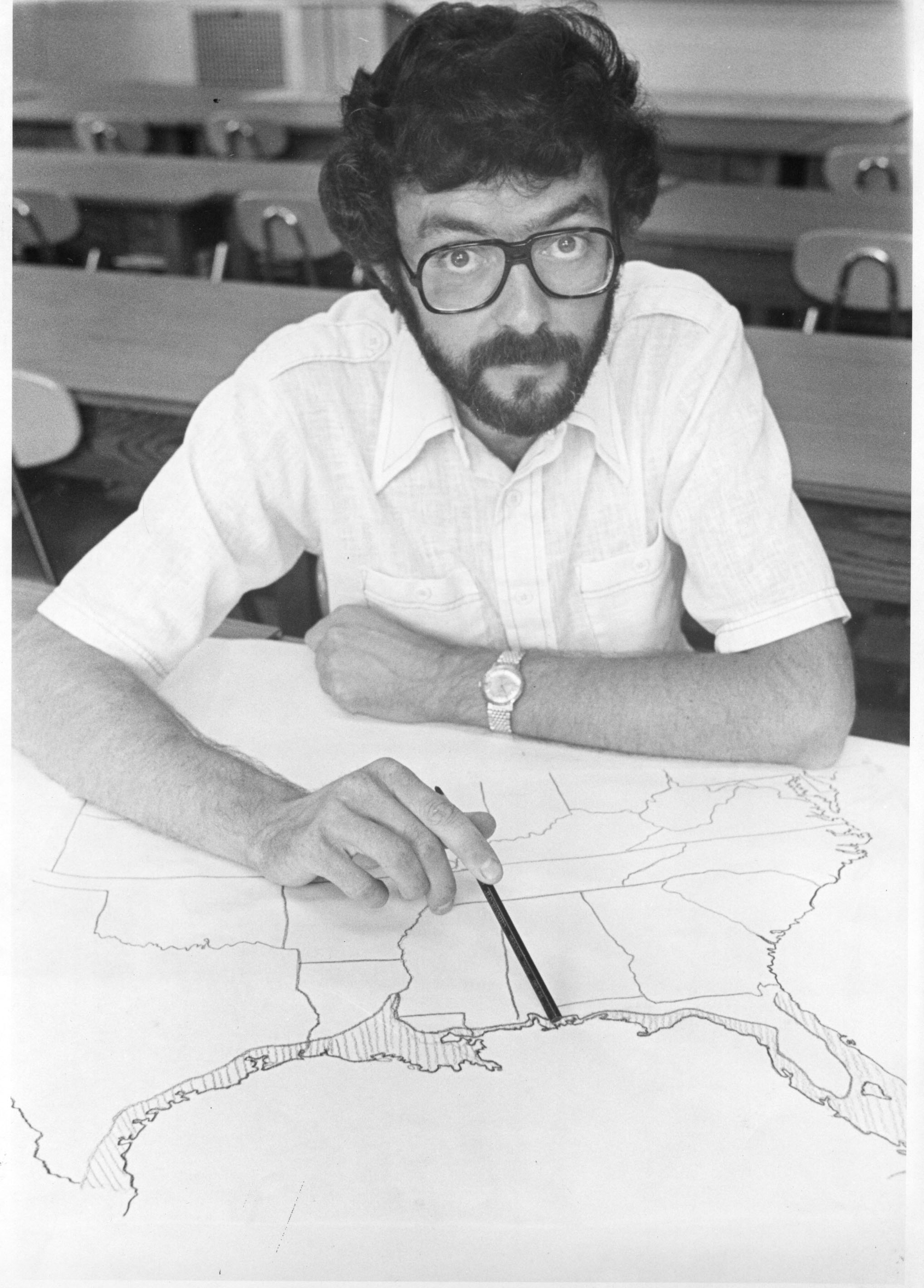
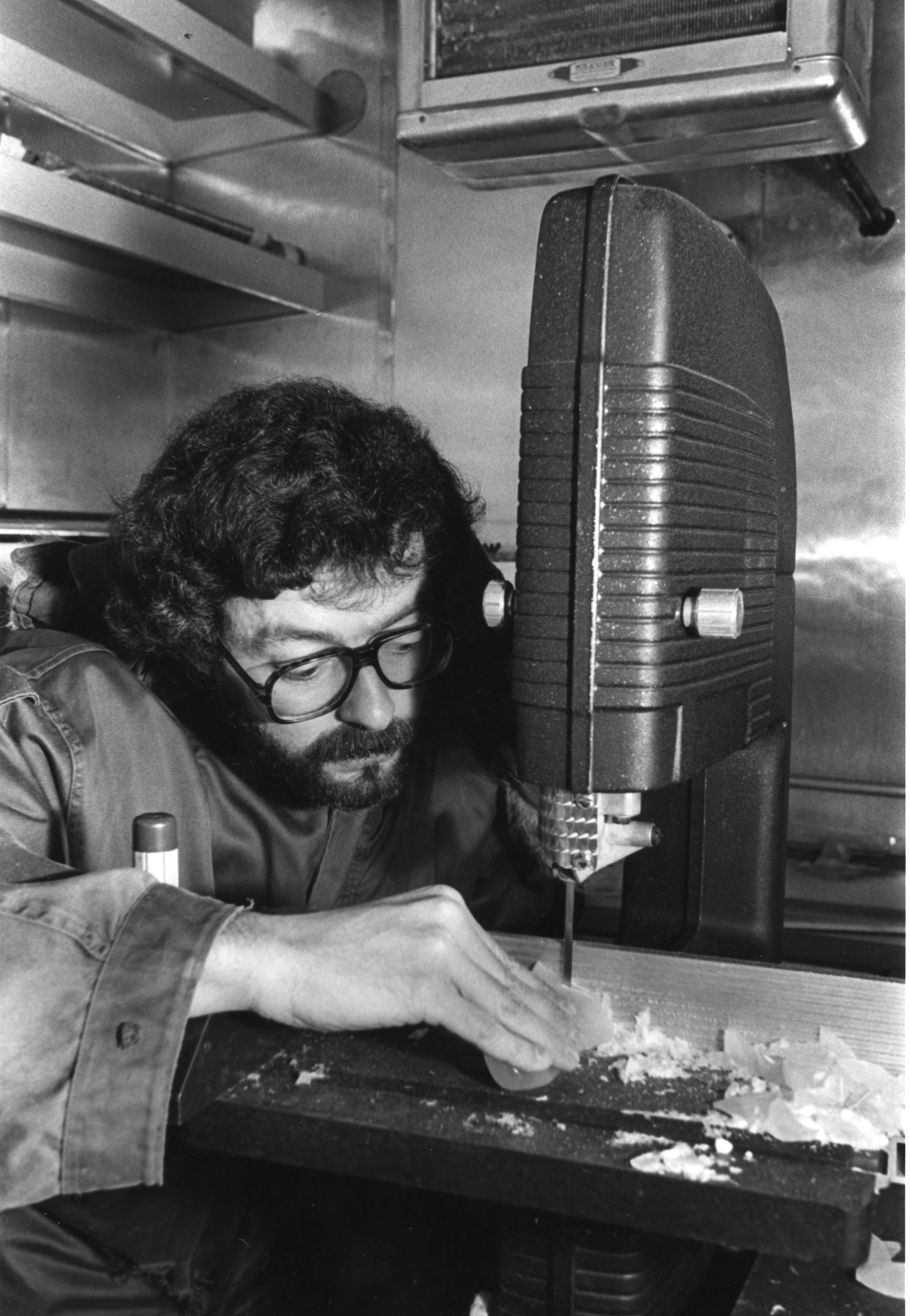
Left: Ian M. Whillans showing the potential extent of flooding in the United States from a sea level rise of up to 100 feet should West Antarctica’s ice sheet disintegrate, 1976; Right: Ian Whillans cutting an ice sample for glaciological examination and analysis, 1980. Photo credit: The Ohio State University, Byrd Polar and Climate Research Center Archival Program
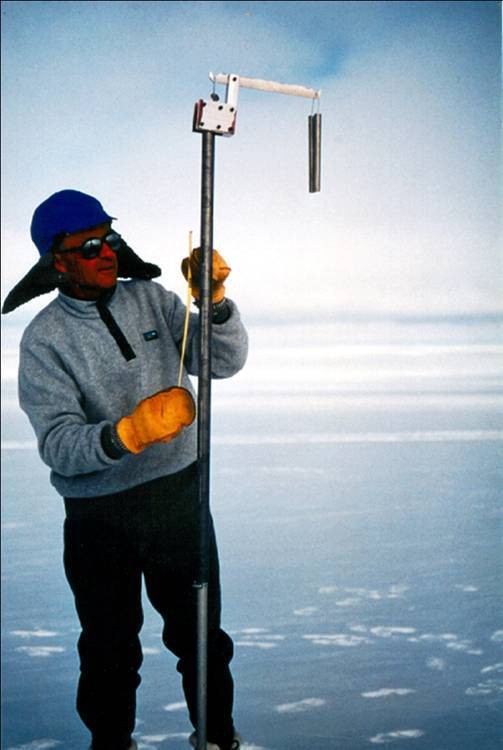
His work often led him to remote and unforgiving landscapes, particularly Antarctica's Ice Stream B. Here, Whillans applied his "coffee can method" to track the movement of ice—a simple, yet profoundly effective technique that allowed for the measurement of ice dynamics over time. This research was critical in predicting the implications of the ice sheet's collapse, potentially leading to a catastrophic rise in global sea level.
Whillans' expertise was not confined to research alone; he also tackled practical challenges, such as identifying safe traversal routes for heavy equipment across Antarctica. His leadership extended to fieldwork that assessed potential hazards, including the investigation of crevasses near the McMurdo Station airstrip which could jeopardize operations.
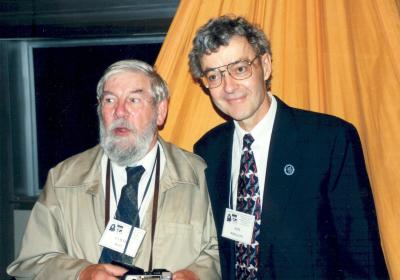
The scientific community widely recognized Whillans' contributions and in 2000, he was awarded the prestigious Goldthwait Polar Medal for his achievements in polar research and international collaboration.
Following his death on May 9, 2001, his legacy was immortalized by the renaming of Ice Stream B to Whillans Ice Stream. The discovery of subglacial Lake Whillans beneath the ice stream further cemented his impact.
The relevance of Whillans' work continues to be profound. In 2013, the Whillans Ice Stream Subglacial Access Research Drilling (WISSARD) project unearthed an active microbial ecosystem within Lake Whillans, highlighting the potential for life in extreme subglacial environments. This finding not only advances our understanding of Earth's biodiversity but also suggests possible analogs for life on icy moons such as Europa and Enceladus.
Today, Mount Whillans, Whillans Ice Stream, and Whillans Subglacial Lake serve as lasting tributes to his groundbreaking work. Whillans dedicated his life to decoding the complexities of Earth's polar regions, contributing indelibly to our understanding of the critical role these regions play in the broader context of global climate change. His legacy continues to influence contemporary scientific exploration, reminding us of the power of persistent inquiry and the importance of maintaining a delicate balance with our planet's icy frontiers.
Resources:
- What lies beneath West Antarctica?, U.S. National Science Foundation, April 2016
- Lake Whillans, Wikipedia
- The Byrd Polar and Climate Research Center Archival Program (Polar Archives)
- Antarctic Ice Stream Named For Late Glaciologist, Ohio State News, December 2001
- Polar Timeline
